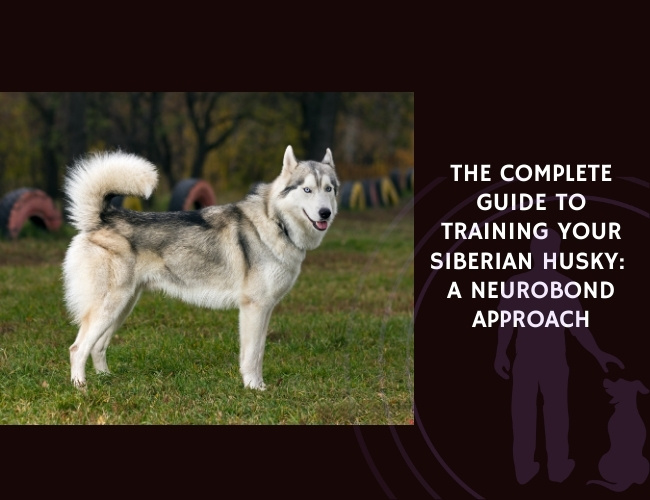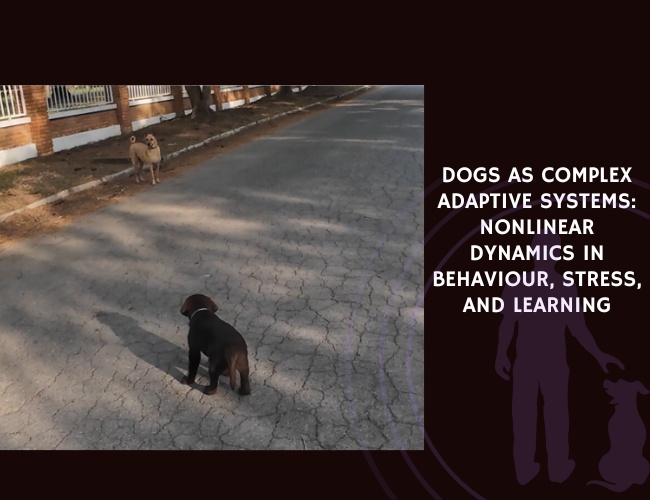Dogs use sight and sound to recognize emotions—not only in other dogs, but also in humans. This study reveals a rare cross-species emotional understanding.
Understanding emotions in others is key for social species. In this 2016 study published in Biology Letters, Natalia Albuquerque and colleagues tested whether dogs can recognize emotions not just in other dogs but in humans too.
The researchers used a cross-modal preferential looking paradigm, showing dogs paired combinations of faces and vocalizations—either happy/playful or angry/aggressive—from both humans and dogs. The dogs looked significantly longer at faces that matched the emotional tone of the accompanying vocal sound.
This demonstrated that dogs are capable of integrating visual and auditory emotional cues across species. The ability to recognize emotions in another species—humans—suggests high-level cognitive processing and an adaptive advantage for domesticated dogs living closely with people.
Previously, such cross-species emotion recognition had only been observed in humans. This study marks a milestone in understanding canine cognition and interspecies emotional communication.









